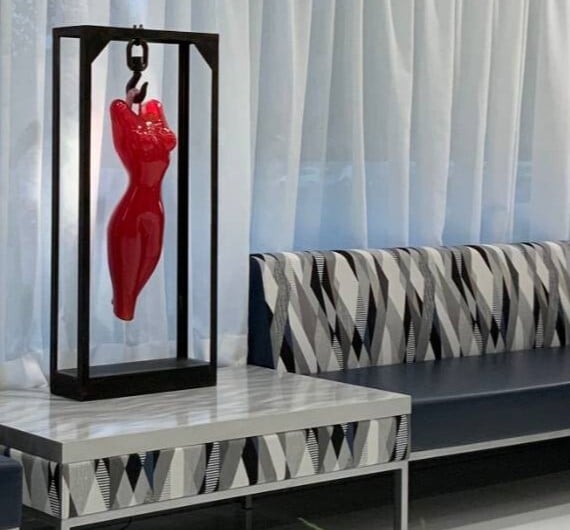Part II – How three dimensional imaging is used in my breast augmentation practice
When I see a patient in consultation for breast augmentation, I inquire as to what the patient is looking to achieve. I examine the patient and make recommendations as to what implant I think is best for them. The exact details of how I do this are beyond the scope of this blog, but suffice it to say, I determine what I think is the best implant to fit a particular patient’s tissues. I then have a discussion with the patient about what implant I recommend. The next question is invariably “what will I look like?” I told them that it is very hard for me to answer that question. Due to the nature that the implants conform to the body’s contours, you cannot put an implant in your bra, or a bag of water or rice. In my opinion there really is no way to see how you will look. Maybe you can get a very cursory idea of size, but I caution them that this, too, is highly inaccurate. So it comes down to a matter of trust. The patient just has to trust me that I will take into account the cup size she wishes to be, mindful of the fact that cup size is not a standard volume as “cc’s” are. You don’t buy a container of milk in A, B, C, D, or DD size. You buy a half pint (for your coffee), pint, quart, half gallon or gallon. These all have defined numbers of cc’s in them. For instance, a quart is 948 cc’s. Implants come in cc’s not cup sizes. The actual cup size is the sum total of how much tissue you start with and how many cc’s of implant you add later. The same implant can look very different in three different women.
I have had the opportunity to be the first in Suffolk County, NY to have a computer system capable of three dimensional imaging and surgical simulation. I have since taken the liberty of introducing the system to my breast augmentation patients who have had their surgery performed prior to my having such technology available. I have posed the following question to many of these patients: Prior to your undergoing breast augmentation surgery, did you have any visual image in your mind as to what your surgical result would look like. Having spent a fair amount of time with my patients in consultation prior to surgery, and that included either reviewing photos of similar patients who underwent breast augmentation or having the patients view such patients on my web site, I was very surprised with what they all (and I mean ALL) told me: all of the two dozen or so patients I queried told me that they had absolutely no idea what they were going to look like after surgery. They told me that they just “trusted me”!
I have now been questioning my breast augmentation patients after surgery regarding their feelings about the usefulness of three dimensional computer imaging and simulation. All of my patients have given me very positive comments, and furthermore, believe that the system has been very helpful in allowing them to have some understanding before surgery as to how their post operative surgical results will appear. Some have even told me that although they really liked the results portrayed on the computer, they feel that their actual results are even better! None of my patients indicated that the system offered no benefit to them during the consultation and preoperative process.
I do wish to take this opportunity to clarify one philosophical aspect of my approach to breast augmentation. As breast tissues do not possess the infinite ability to stretch to any size without consequence to the breast tissues themselves, I believe that there is a very narrow range of breast implant sizes (one ideal size and sometimes up or down one size) that is ideal for any given woman’s breasts. This is based upon an assessment of the physical dimensions of the breast and the dynamics (stretchability or tightness) of the breast tissues themselves. (Again, an entire discussion of this is beyond the scope of this blog, so I encourage the reader to visit my web site https://www.epsteinplasticsurgery.com for a more comprehensive discussion of how I size a breast implant). In view of this philosophy, I do not use the computer simulation to select a particular size implant, but I do find that it is useful provide a woman with understanding as to how I believe they would look (approximately) after placement of what I consider the ideal size implant for their breasts. I then might hone the decision down to the specific implant if the woman wants to be a little fuller or less full by going up or down one size if necessary, based on that woman’s preferences. I preface this by saying that not all women have the latitude to do this based upon their tissues and I caution them if this is the case.
In summary, I believe that all my breast augmentation patients have found preoperative computerized imaging and surgical simulation of their breast augmentation to be an extremely valuable tool in the consultation process.
Disclaimer: I purchased a Vectra 3D computerized imaging system. I do not have any financial interest in its success, or any financial interest in the manufacturer of this system, Canfield Scientific of Fairfield, NJ. I am a voluntary member of the advisory board at Canfield for this system, the purpose of which is to provide feedback and assist the manufacturer in the further development of this system.

